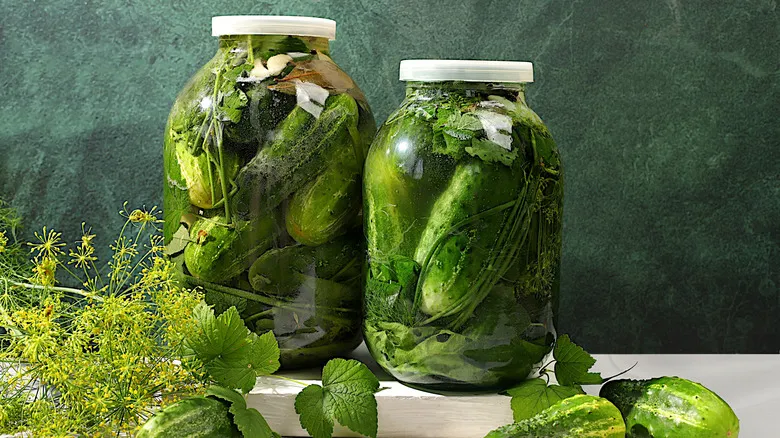What to know about vinegar's acidity
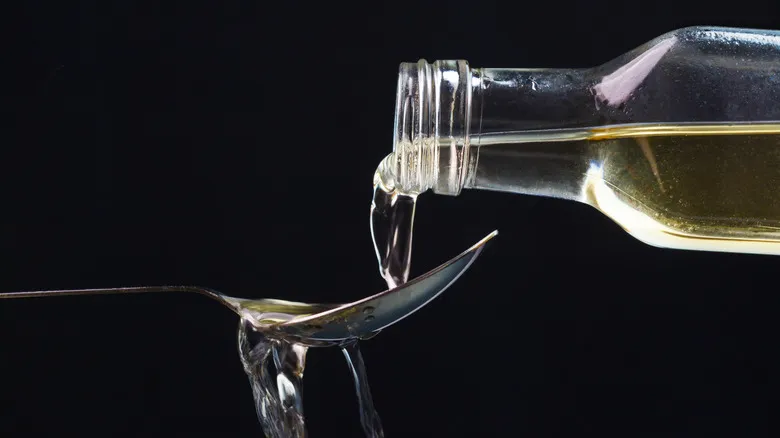
The acidity percentage on vinegar labels indicates the amount of acetic acid present in every 100 milliliters. Acid levels can also be expressed in grains. To convert the grain measurement to the acidity percentage, simply divide the grain value by 10 or multiply the acidity percentage by 10. For instance, a 5% acidity corresponds to 50 grains. Once you have your 5% vinegar, you can confidently grab your pickling salt and create your delicious, expert-approved crunchy homemade pickles.
Because of the precise nature of acidity percentages, it is advisable to avoid using homemade vinegar for pickling, as it is often difficult to test its acidity. Don’t worry about accidentally selecting vinegar with acidity levels above 7% at the store; these are generally intended for household cleaning or agricultural use and can be found in those sections—just be careful not to confuse them at home. If you choose to use vinegar with a lower acidity for its distinct flavor, such as rice wine vinegar or sherry vinegar, it is perfectly fine as long as you refrigerate the pickled items and consume them promptly.
Recommended
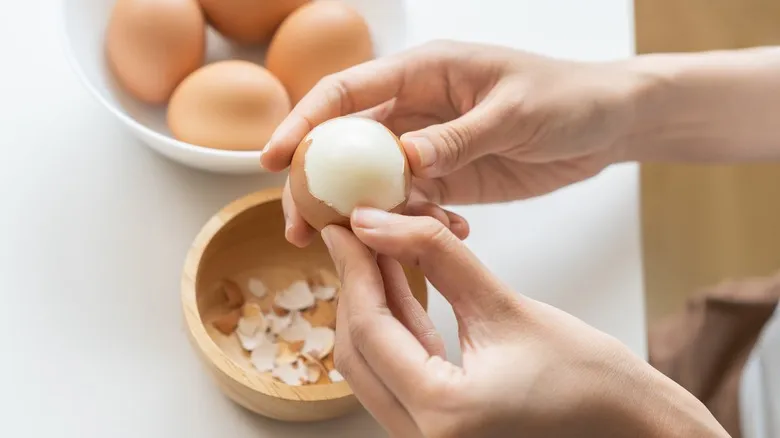
Is It Better To Peel Hard-Boiled Eggs When They're Hot Or Cold?
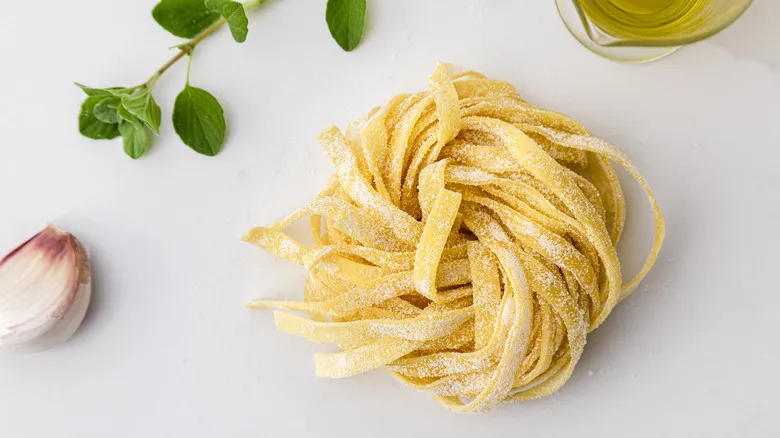
When To Use Fresh Vs Dry Pasta

How Do You Even Cut Waffle Fries, Anyway?
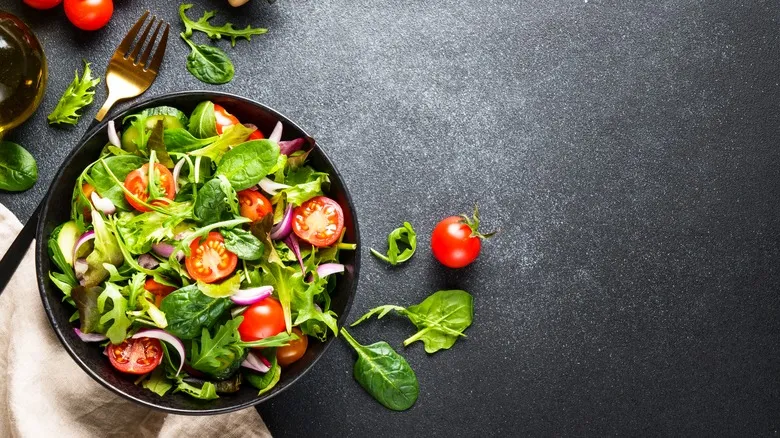
The Ultimate Way To Cut Vegetables For A More Balanced Salad
Next up

